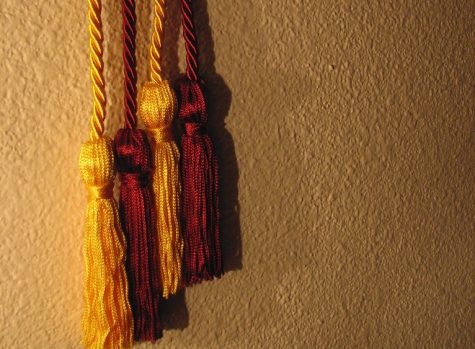Opinion: The strange American grading system
Grading systems can vary in different parts of the world. As an international student, going to a school with a completely different grading system than what you are used to can be very confusing. From the perspective of one of these students, the American grading system is extremely strange.
The American grading system uses letters. The highest grade possible is an A, and the lowest is an F. In some schools, any grade lower than a D (60%) is considered a failing grade. At Darlington, the threshold for a passing grade is a C (70%).
The Finnish education system uses a 10-point grading system through high school. The highest grade possible is a 10. Our lowest grade is a 4. Often, when someone gets a 4, it means they did not answer any questions on the exam, or they answered them all wrong. This grade is considered failing in Finland.
Calculating averages in America is different, as well. All the numbers are added together and divided by the total number of grades. Points are added depending on if the student had any honors or AP classes.
Honors and AP classes do not exist in Finland, and each student learns the same material. Calculated averages only include tests, attendance and classroom participation.
I think the reason for the differences between the two education systems is that the U.S. prepares their children for test-taking rather than what they need to learn. For example, students in the U.S. can leave most of their studying to the last minute and be ready to take a multiple-choice test in the morning without adding anything to their long-term memory. Many American students study just to pass the test and get a good grade and will not be able to use the knowledge later.
In comparison, Finland takes a different approach. In Finland, students attend school not for the academic agenda itself, but for life too. The Finnish education system wants us to learn useful information that can help us with our everyday lives in the future. For example, Finnish exams rarely consist of multiple-choice questions. Instead, exams require students to answer in short paragraphs, which provide a better opportunity for students to demonstrate their understanding, and they are required to use critical-thinking and problem-solving skills instead of simple memorization.
I do believe the education system in the U.S. to be especially strange and harsh, but that perspective comes from a person who grew up in a different country with a different grading system. Both systems take different approaches to education, but I think Finland’s method better prepares students for a successful future.












